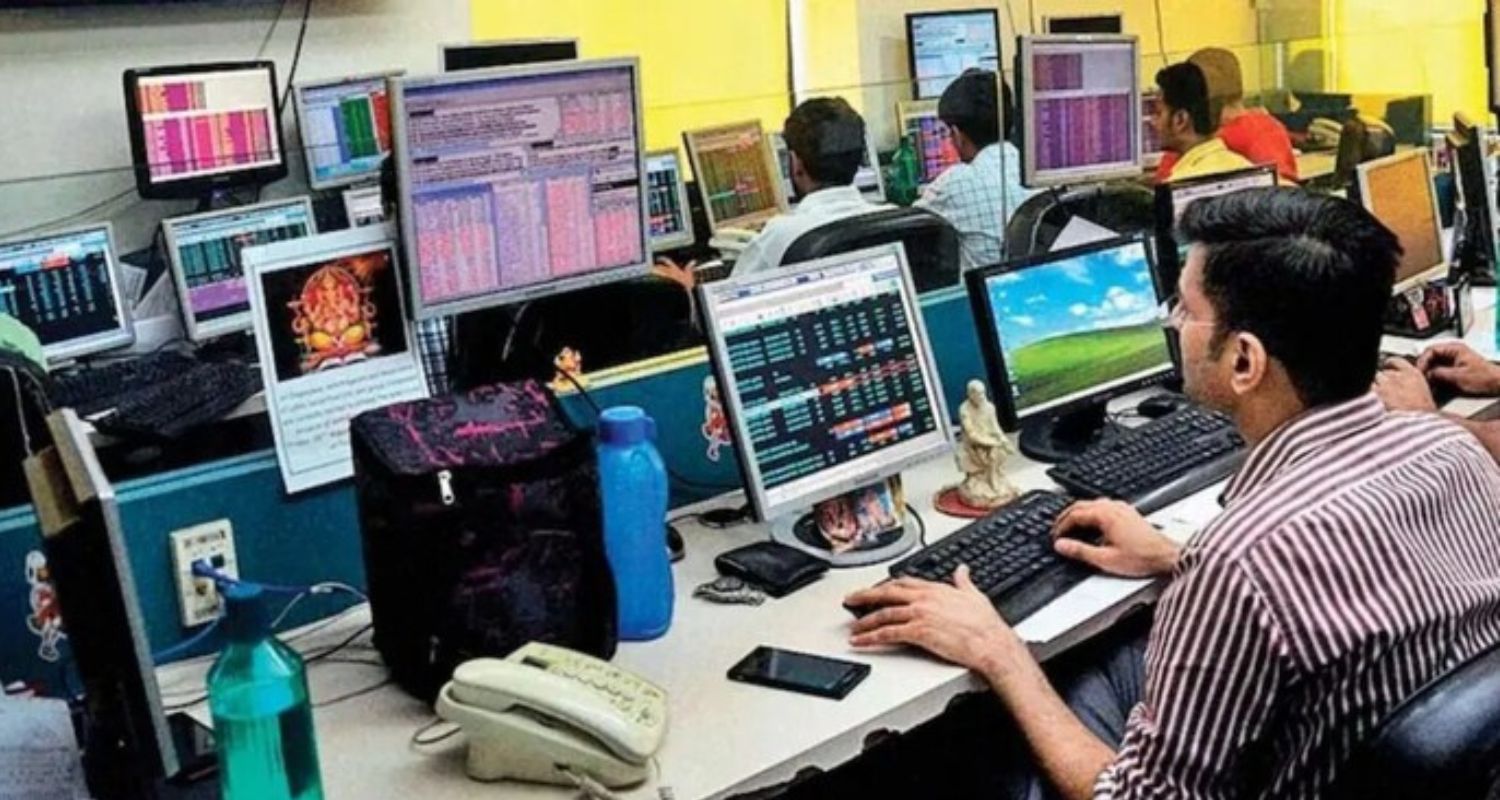In response to heightened trade tensions following US President Donald Trump's announcement of an additional 25 per cent tariff on Indian imports, benchmark stock indices in India began Thursday's trading session weakly. The new tariff was imposed in response to India's continued purchase of Russian oil and is on top of an existing 25 per cent duty, making the total 50 per cent on some goods.
By 9:22 am, the Sensex had dropped nearly 250 points from its opening price and was down 131.05 points at 80,412.94. The Nifty50 fell 67.25 points to 24,506.95 as well. High volatility typified the early market activity as traders dealt with a variety of domestic and international obstacles.
Dr VK Vijayakumar, Chief Investment Strategist at Geojit Financial Services, noted that the 21-day window before the new tariffs take effect leaves room for negotiation, though he acknowledged that the uncertainty remains high. He said that President Trump is "unlikely to budge significantly from his unjustified stand," particularly after securing concessions from other major trading partners. Vijayakumar added that "Unfortunately for India, the US is bargaining from a position of strength. India’s response has been mature and measured."

From a market perspective, Vijayakumar anticipates continued weakness in the near term, especially for export-oriented sectors. He advised investors to be cautious and suggested that domestic consumption-driven sectors such as banking and financials, telecom, hotels, cement, capital goods, and certain segments of the automobile industry would likely remain more resilient.
Santosh Meena, Head of Research at Swastika Investmart, shared similar views. He stated that the market had largely anticipated the move, as President Trump had previously hinted at such a development, so there was "no fresh negative surprise." Meena pointed out that the 20-day implementation gap and a planned visit by a U.S. trade delegation on August 24 leave an opening for diplomatic resolution.
Meena believes the tariff hike is part of Trump’s broader "aggressive negotiation strategy" to secure a favorable trade deal. He highlighted India's resistance in protecting its politically and economically sensitive agriculture and dairy sectors.
He also emphasised that these tariffs, which do not yet target important industries like electronics, IT, or pharmaceuticals, are somewhat protected by India's domestic consumption-driven economy. Nonetheless, industries like leather, gems & jewelry, and textiles might experience some pressure.
Meena advised long-term investors to hold onto their positions in terms of investor strategy, seeing the current market volatility as a component of ongoing trade tensions worldwide rather than a danger to India's prospects for long-term growth.
Also Read: Trump warns India of secondary sanctions after 50% tariff hike
Given that earnings momentum is anticipated to improve in the upcoming quarter, he suggested that any notable market correction might offer a buying opportunity. Because of the uncertain outlook, muted Q1 earnigs, and stretched valuations, he recommended a cautious, defensive, and selective approach for short-term traders.
Prashanth Tapse, Senior VP (Research) at Mehta Equities, added to the pessimistic outlook by highlighting a number of 'red flags' for the market. These include the tariff increase, the strong selling by FIIs this week, the rupee's depreciation, the Nifty's declining technical setup, and the company's poor Q1FY26 earnings.
Despite maintaining repo rates at 5.5 per cent, Tapse added that the Reserve Bank of India's (RBI) neutral policy stance was seen as hawkish, which further cooled sentiment. He came to the conclusion that the market outlook has become "decisively bearish," with the Nifty currently aiming for support levels at 24,473 and 24,046, respectively.
Also Read: Trump imposes 50 pc tariffs on India


